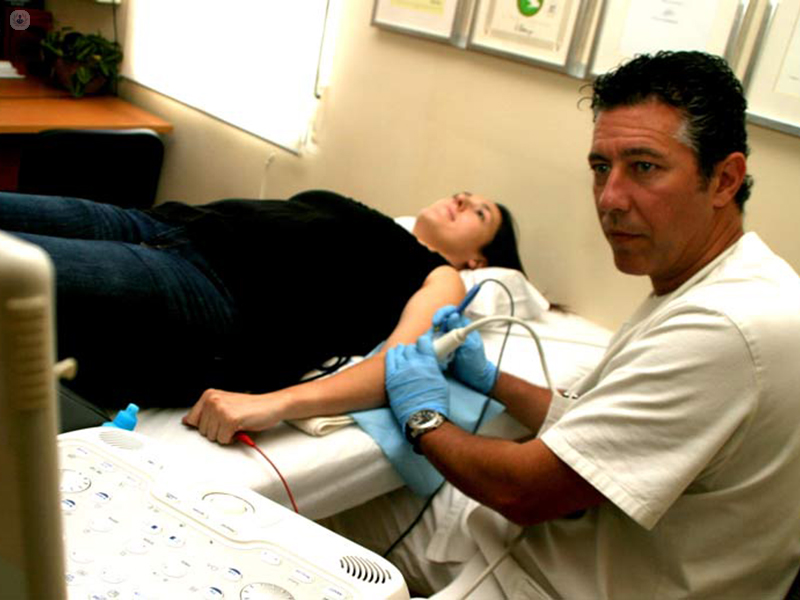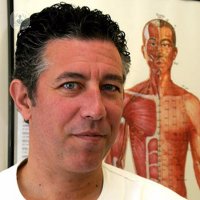En qué consiste EPI, el protocolo de Electrolisis Percutánea Intratisular
Written by:Intra-scalar Percutaneous Electrolysis, better known as EPI, is a minimally invasive technique consisting of the introduction of a galvanic current into a tissue that has been injured by an acupuncture needle. This leads to an electrochemical reaction that sets in motion a series of mechanisms that remodel and regenerate the pathological tissue.

In which pathologies can the EPI treatment be applied
This treatment applies to:
- Tendinopathies
- Muscle breakage
- Tendonitis
- Tendinosis
It is usually done in a weekly session of 30 minutes and treatments can last between 3 to 5 weeks.

EPI treatment protocol
To apply the EPI treatment the physiotherapist must follow a protocol that allows to evaluate the patient and the area to be treated, starting with an exploratory ultrasound that allows to see in real time the patient's condition.
The protocol to follow in the application of the treatment EPI is the following one:
- It starts with a cryotherapy, which lasts between 10 and 15 minutes, and consists of a jet of cold air that creates an analgesic effect to make the puncture as painless as possible.
- We proceed to an ultrasound, which evaluates and localizes the pathology in question. Then the puncture is made to be able to apply EPI, in which during 10 minutes several punctures of three seconds are made each. There may be some case in which it is necessary to complement the EPI treatment with homeopathy.
- Subsequently a high-power laser (Laser-K) or UHF is applied for 10 minutes in the area that has been treated with EPI.
It is important that the patient learn different eccentric exercises that allow him to work the area. The patient may be studied for nutritional status and, if necessary, given instructions to improve his nutrition.


